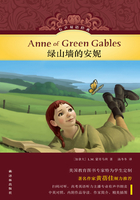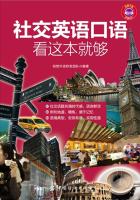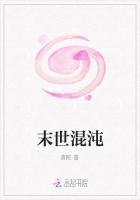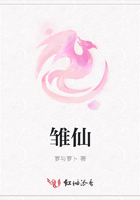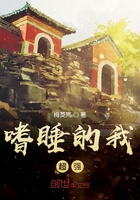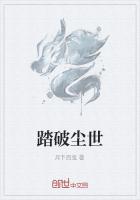"Suppose we come and finish our talk about the flowers," said Fred.
"We had to leave the inner parts of the flower yesterday, you know. Let us pick a few more fresh flowers, and I"ll see what I can remember to tell you about them.
"We will commence by carefully plucking off the petals. Now we can see, growing up from the bottom of the flower-cup, some long slender stalks, with a little oval knob at the top of each. The little stalks are called stamens; the knobs at the top of them are the anthers.""Oh yes, Fred," said Norah. "I remember. They are not really knobs. They are littlehollow boxes or cases, and they are full of a fine yellow dust which we call pollen.""Quite right, Norah," said Fred. "Look while I shake the anthers over this piece of white paper, and you will see some of the pollen-dust on the paper.
"There is nothing more I can tell you about stamens and anthers, so we will strip them off the flower and see what we can find next. Here, in the very centre, surrounded by all the other parts, we find the most important part of the flower. We call it the pistil. It consists of two parts, the stigma and the ovary.""I think even the stigma is a very wonderful part of the flower," said Willie. "Teacher says that if we could see it through a glass that would magnify it, we should find it to be very loose and spongy, with a broad top, which is mostly covered with a sticky fluid.
"This stigma has to catch the pollen as it falls. The pollen must make its way down the stigma into the ovary below. The broad head, the sticky top, and the loose spongy substance of the stigma seem fitted in a wonderful way for this work.""Suppose we have a look at the ovary now," said Fred. "I have got, on purpose, some flowers that look dry and withered. You will see if we pull this one to pieces that the ovary has been growing very large.
"This lower part of the pistil is swollen out larger than the upper part. It forms a sort of case or box. It is called the ovary, because it contains a numberof little round bodies, the ovules, placed in order side by side. These ovules in time become seeds. When we speak of the fruit of a plant we always mean this seed-vessel or ovary."SUMMARY
Inside the circle of petals are the stamens. The anthers at the top of the stamens are full of pollen. The pistil is the innermost part of the ?ower. The lower part of it is the ovary, and contains the ovules, which grow into seeds. It is the pollen from the anthers which changes the ovules into seeds.
Lesson 52


